PayAnywhere FAQ of the Week: Why Are My Funds Being Held?

Question: Why are my funds being held, and why do you need bank statements to release them?
Answer: PayAnywhere, at its core, is a financial institution. We process your payments and want to help make sure you don’t become a victim of credit card fraud. We take payment security very seriously and, as a result, may hold funds from a transaction until we can verify its authenticity.
There are a few reasons we might audit a transaction and put funds on hold. They are:
- To protect you from loss of inventory for orders placed with stolen credit card numbers, and to protect the cardholder from unauthorized use of their account.
- The transaction exceeds the limits established for your account when you signed up.
- To protect you from being the victim of a fraudulent order that occurred as the result of a successful hacking attempt resulting in a stolen identity.
When we hold your funds, that money does not benefit PayAnywhere in any way. The funds are kept in a non-interest account by our sponsor bank until the transaction is cleared for release. This is a common practice in the industry and all other credit card processing companies do this.
While those funds are held, they may be used to pay for any disputed items that are charged back by the card account holder. If no chargebacks are initiated, the funds are released to you after the expiration of the chargeback liability timeframes determined by each credit card brand (Visa, MasterCard, American Express, etc.), which is usually between 90 and 180 days.
Why do you need bank statements?
We do request certain information from you when funds are held – it’s part of a process we are required to go through in order to release your funds.
- PayAnywhere requests bank statements in order to set reasonable limits on your account so we can minimize any funding delays in the future.
- PayAnywhere requests customer invoices because we are obligated by card brand regulations to set up accounts correctly and describe to the card holder and the card issuing bank the merchant’s name, description of service or goods sold and the merchant category code so the cardholder can easily identify the purchase. This does a few things; it helps you avoid cardholder disputes and protects you from chargeback liability.
At PayAnywhere, security is our number one priority. We appreciate your support in helping us maintain the highest standards.
For more information about PayAnywhere visit www.payanywhere.com. If you’d like to talk a customer service representative, please call 877-387-5640.
Photo credit: https://c2.staticflickr.com/6/5531/9544847065_844609a188_z.jpg
Related Reading
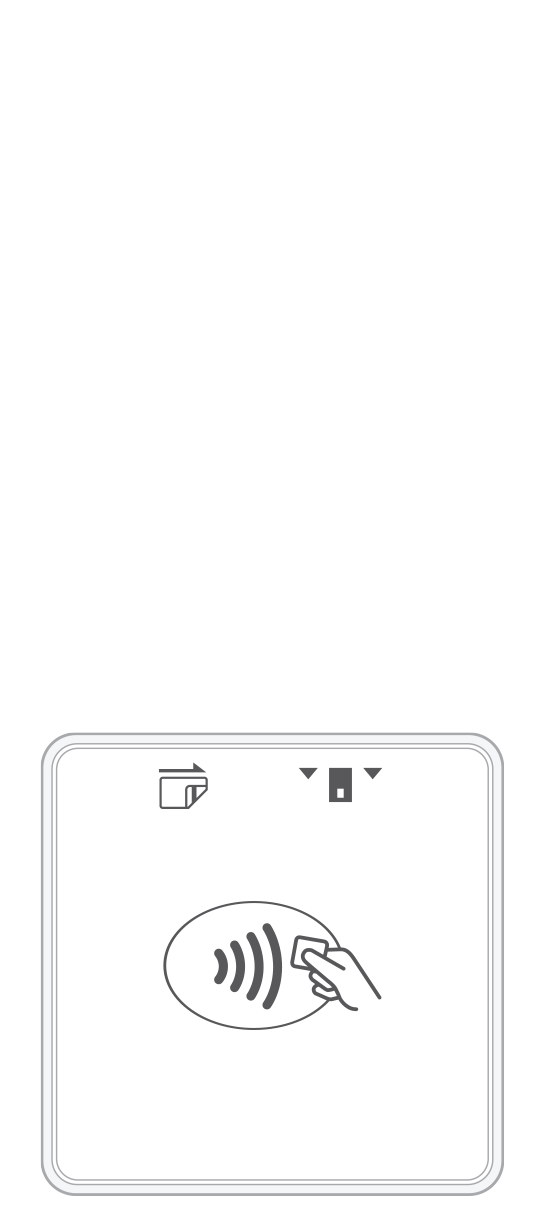 3-in-1 Reader | 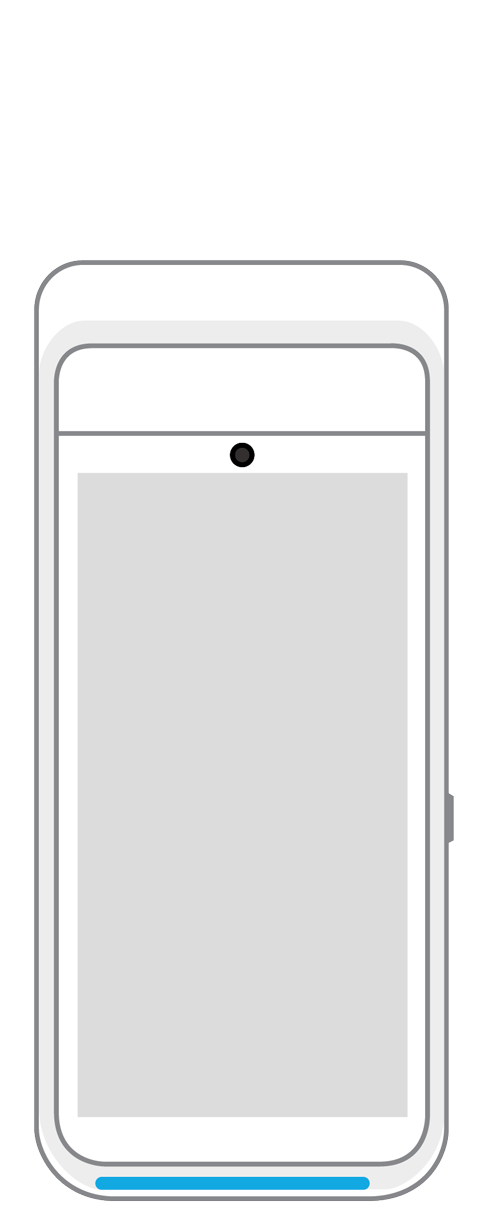 Terminal | 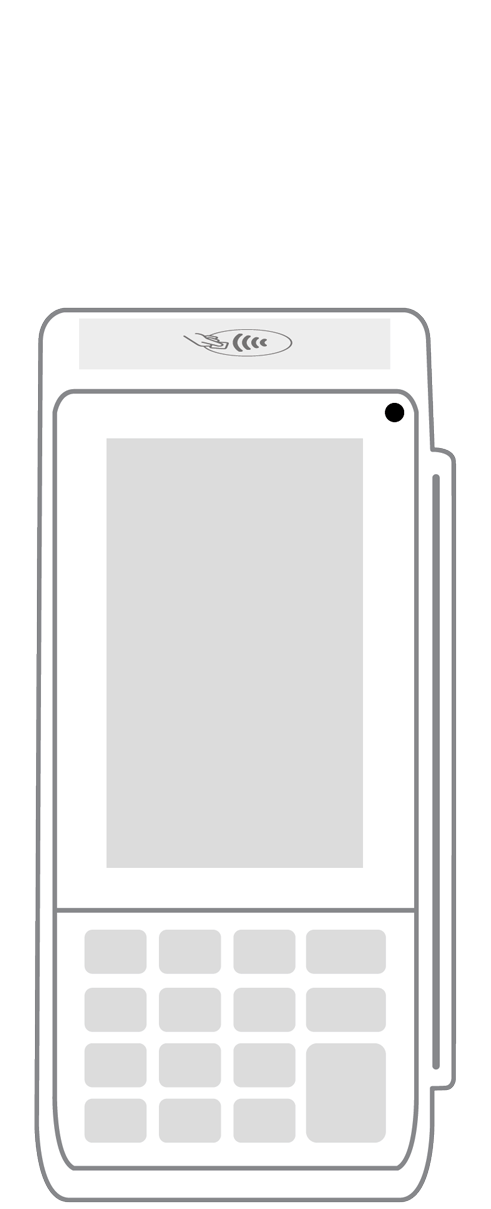 Keypad | 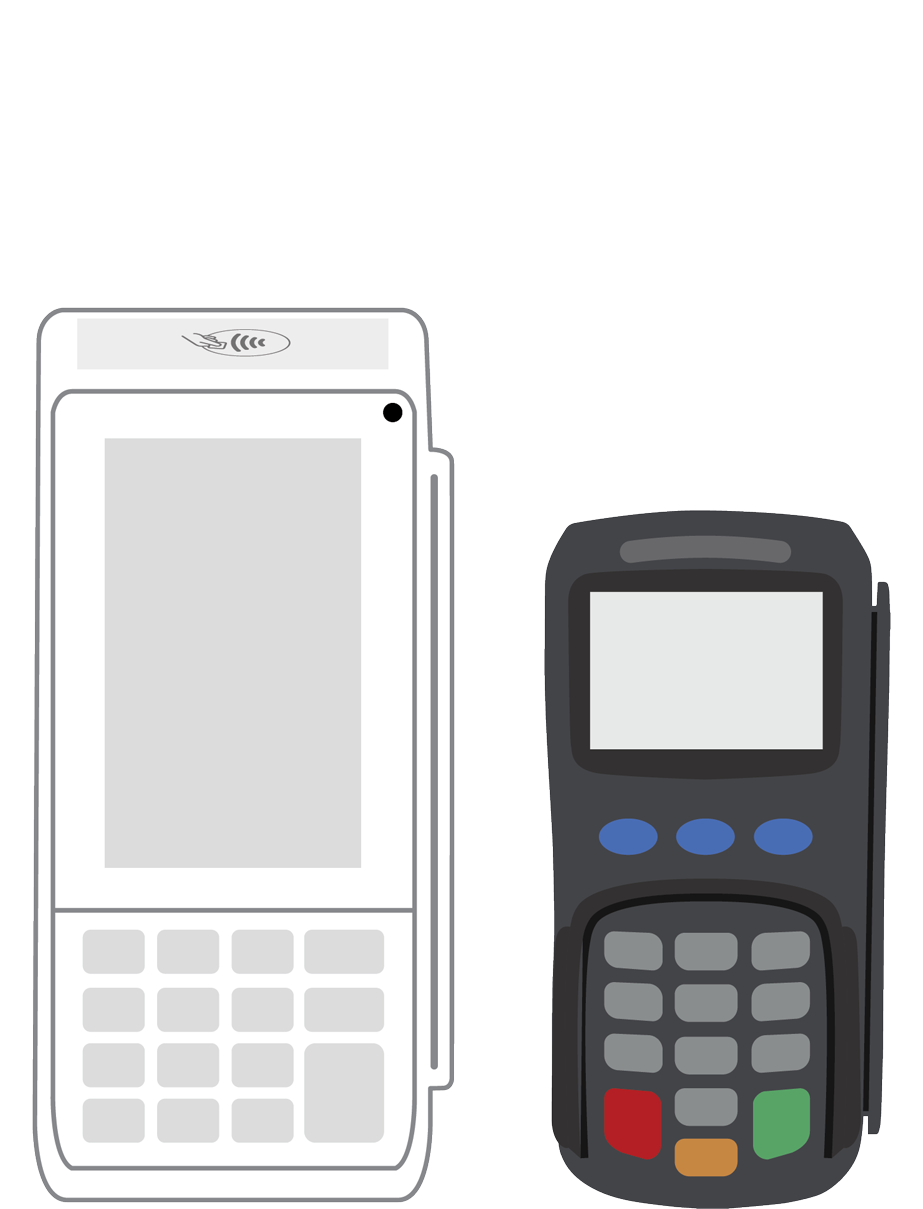 PINPad Pro | 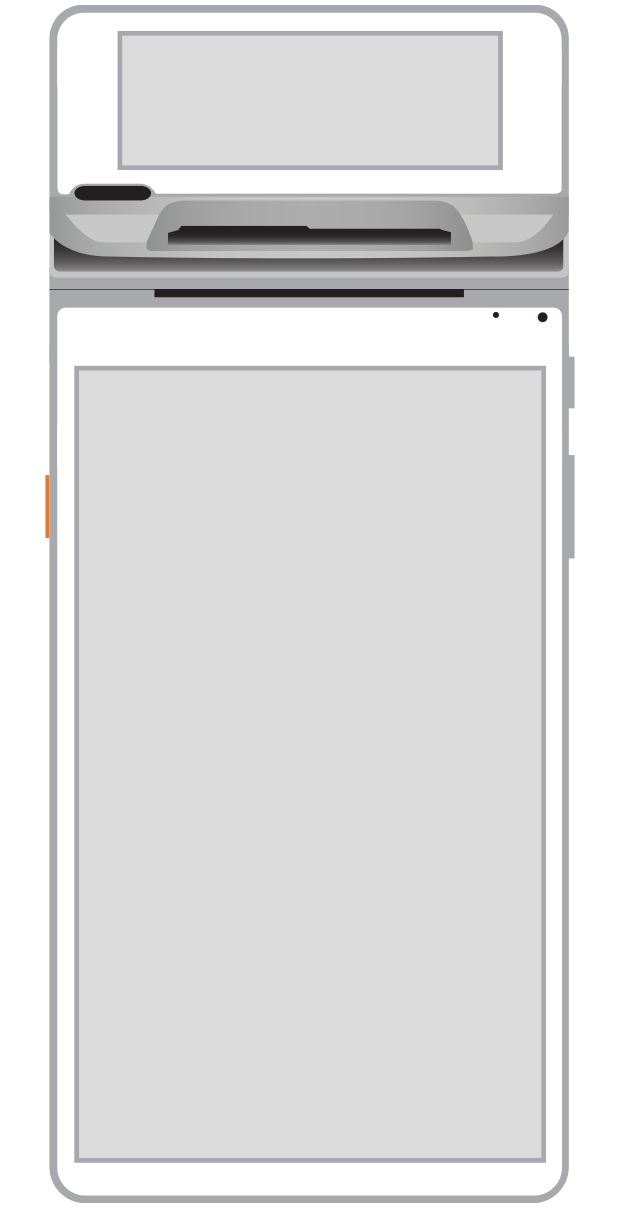 Flex | 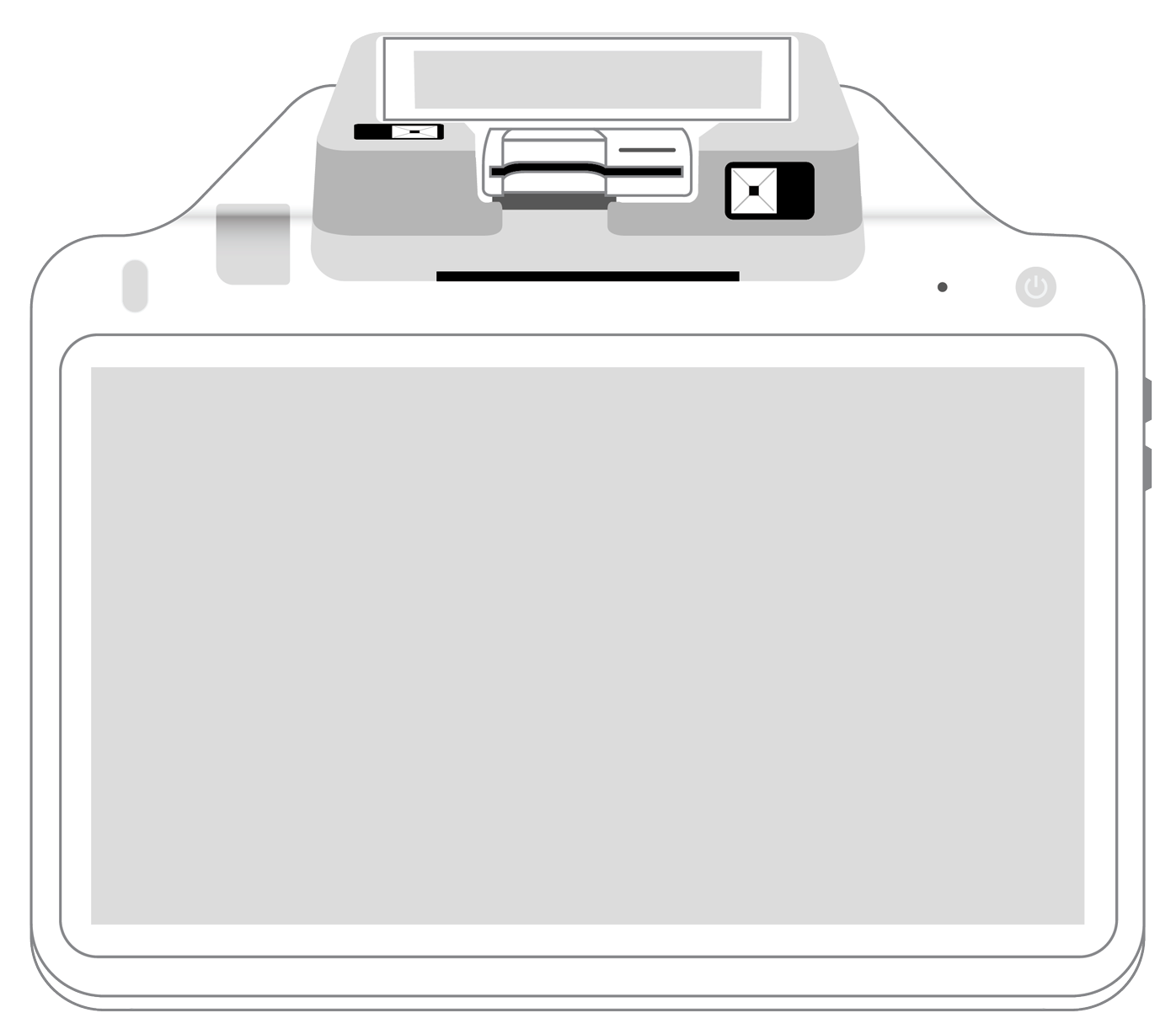 POS+ | |
|---|---|---|---|---|---|---|
Payment types | ||||||
EMV chip card payments (dip) | ||||||
Contactless payments (tap) | ||||||
Magstripe payments (swipe) | ||||||
PIN debit + EBT | ||||||
Device features | ||||||
Built-in barcode scanner | ||||||
Built-in receipt printer | ||||||
Customer-facing second screen | ||||||
External pinpad | ||||||
Wireless use | ||||||
Network | ||||||
Ethernet connectivity | With dock | |||||
Wifi connectivity | ||||||
4G connectivity | ||||||
Pricing | ||||||
Free Placement | ||||||